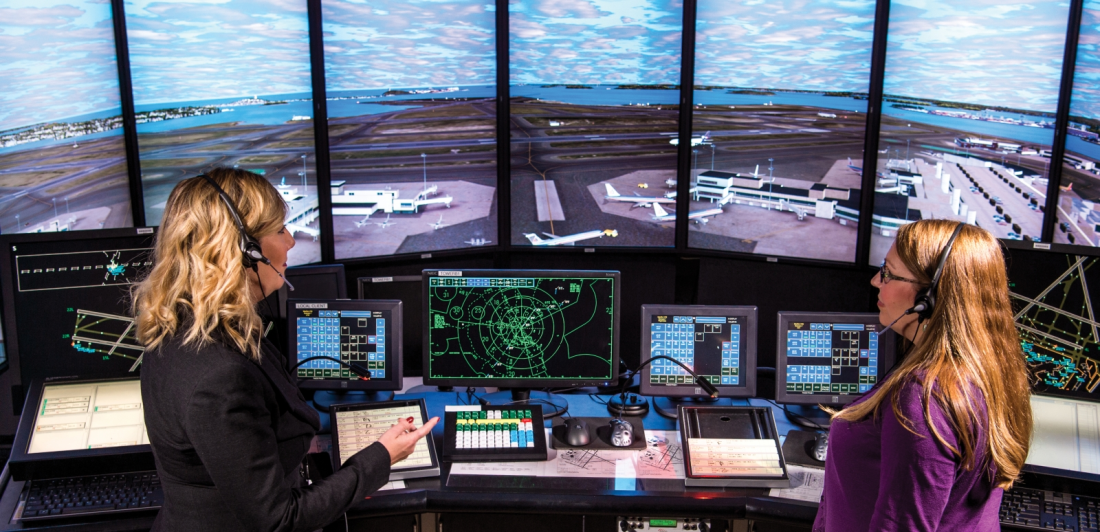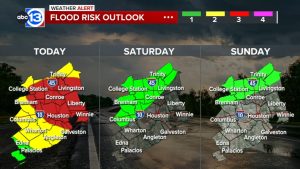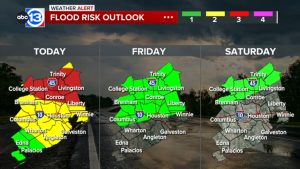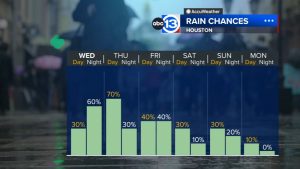
This summer saw a troubling incident as one air traffic controller arrived at work intoxicated, joking about “making big money buzzed.” Another regularly smoked marijuana during breaks, and a third employee not only threatened violence but also physically pushed a colleague responsible for directing airplanes. While these examples are extreme, they highlight significant vulnerabilities in a crucial layer of the nation’s esteemed aviation safety system.
Over the past two years, a Federal Aviation Administration (FAA) hotline received numerous complaints from air traffic controllers and others, detailing issues such as hazardous staffing shortages, mental health concerns, and deteriorating infrastructure, some plagued by infestations of bugs and black mold. Reports included instances of controllers sleeping on duty and employees working while under the influence of alcohol or drugs. The New York Times obtained summaries of these complaints through an open-records request.
Air traffic controllers, entrusted with the responsibility of safeguarding thousands of lives, constitute the last line of defense against potential crashes. Despite the high stakes and intense pressure inherent in their roles, many controllers find themselves working in less-than-ideal conditions. A nationwide staffing shortage, fueled by factors such as ongoing employee turnover and budget constraints, has compelled controllers to endure six-day workweeks and 10-hour days.
This scenario has resulted in a fatigued, distracted, and demoralized workforce, increasingly susceptible to errors, according to an investigative report by The Times. The findings stem from interviews with over 70 current and former air traffic controllers, pilots, federal officials, as well as extensive reviews of federal safety reports and internal FAA records obtained by The Times.
While the U.S. airspace remains exceptionally safe, potentially dangerous close calls have been occurring multiple times a week this year, as reported by The Times in August. Some controllers express concerns that a catastrophic crash is becoming inevitable.
In the fiscal year ending Sept. 30, there were 503 categorized “significant” air traffic control lapses, a 65% increase from the previous year, according to internal agency reports reviewed by The Times. This occurred despite a 4% increase in air traffic during the same period.
The NASA-maintained database of aviation safety issues contains instances of controllers making mistakes due to exhaustion. One controller in Jacksonville, Fla., instructed an airliner to turn into the path of another, attributing the error to being overworked and fatigued. Another controller in Southern California told a plane to fly too low, citing extreme tiredness after working continuous overtime.
The combination of six-day workweeks and round-the-clock schedules has led to physical and mental health problems for many controllers. Some avoid seeking professional help to protect their medical clearances, necessary for their work. Others resort to sleeping pills or alcohol to cope, while some choose to resign or retire.
The FAA estimates that more than 1,400 controllers, about 10% of the workforce, will depart in the current fiscal year. Jeannie Shiffer, an FAA spokeswoman, defended the agency’s safety record but acknowledged the need for more air traffic controllers, expressing that a growing workforce would result in better working conditions and increased flexibility.
Since the Reagan administration replaced thousands of striking controllers, the FAA has struggled to keep pace with retirements. The situation worsened during the Covid-19 pandemic when training for new controllers slowed down. For the current fiscal year, the FAA sought $117 million to train controllers and hire 1,800 new ones. However, the agency faces challenges in training, with many aspiring controllers failing to qualify. A November report by the National Airspace System Safety Review Team, appointed by the agency, suggested that the FAA’s hiring plan would have only a negligible improvement over current understaffed levels by 2032, with a net increase of fewer than 200 controllers.









